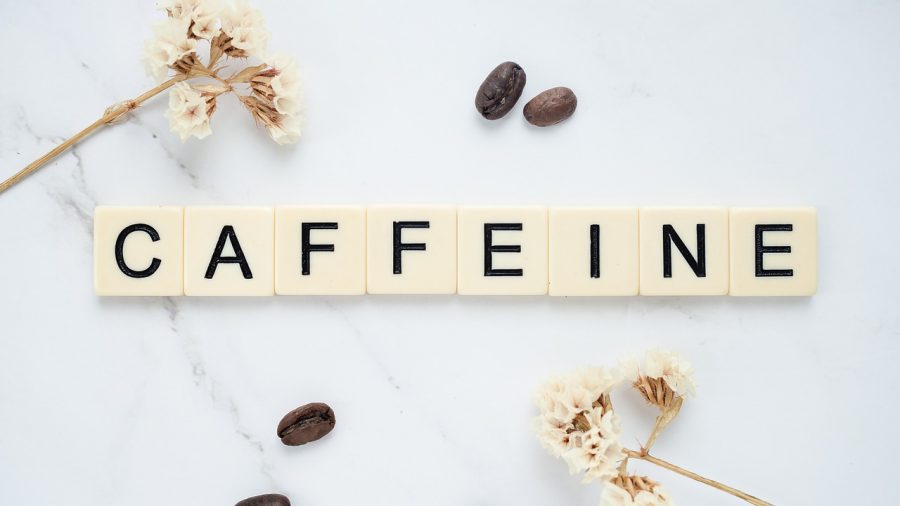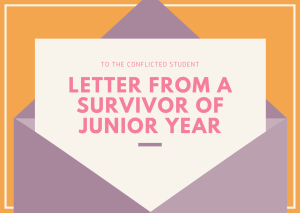What Did The Caffeine Addict Name His Cats? Cream and Sugar
You might want to finish this article before ordering off that Starbucks app.
February 17, 2021
Coffee, tea, dark chocolate, sodas, and energy drinks are sources of caffeine that we love so much. These delicacies are just delicious, but like all things, they should be enjoyed in moderation. Caffeine is acceptable every once in a while, and through healthy means.
The healthiest forms of caffeine are green tea, espresso, unsweetened iced tea, matcha, yerba mate, and dark chocolate.
Green tea comes in many varieties, and usually has a relatively low caffeine content. It has just enough to keep you awake, without bouncing off the walls for hours on end. Green tea also has many benefits, such as weight loss, antioxidants, and boosted immunity.
Espresso is a healthy, quick form of caffeine meant to wake you up as soon as possible. It also has lower calories and is full of antioxidative benefits.
Unsweetened iced tea has a much lower sugar content than its sweet counterpart. Using lemon or other flavors to change it up, or drinking it plain will do.
Matcha has recently gained popularity, Japanese tea taking over fast food chains such as Dunkin’ Donuts and Starbucks. It is a powder that can appear sweet, due to the high amino acid count. The tea itself has a calming effect, allowing a clear head and peacefulness when you sit down to work. It also has many benefits such as Vitamin C, antioxidants, magnesium, and Zinc. Because it is in powdered form, you can make many different drinks and desserts using Matcha. Matcha mochi and frozen matcha lattes are my personal favorites!
Yerba Mate is another popular tea, found in the Amazon Rainforest. It has many benefits, like its antioxidants and nutrients, and lowers blood sugar levels. It can also aid in weight loss and may lower your risk of heart disease.
Dark chocolate, the BEST kind of chocolate out there, also contains a little caffeine. It can reduce cholesterol, aid in weight loss, and can promote brain function. More benefits include lower blood pressure and lower risk of heart disease.
All of the above sources of caffeine fulfill its main purpose: to keep you alert. And while it may be very convenient, easy, and tempting to get your hands on the stimulant, nothing beats a good eight to nine hours of sleep!
The number of side effects associated with caffeine is not healthy for growing teenagers. These include gastrointestinal disturbances, insomnia, psychomotor agitation, and cardiac arrhythmia. Is the risk of ingesting caffeine worth the six hours of alertness, which could also be achieved through proper sleep habits? Think about that the next time you go to Starbucks for a fill, or use your Keurig for a good old cup of joe.
Caffeine can also stunt children’s growth by disrupting the formation of key connections in the brain and nervous system.
Don’t forget the risks of too much caffeine on your body the next time you order a macchiato from your favorite coffee shop and try to use healthier alternatives to coffee whenever you can.







